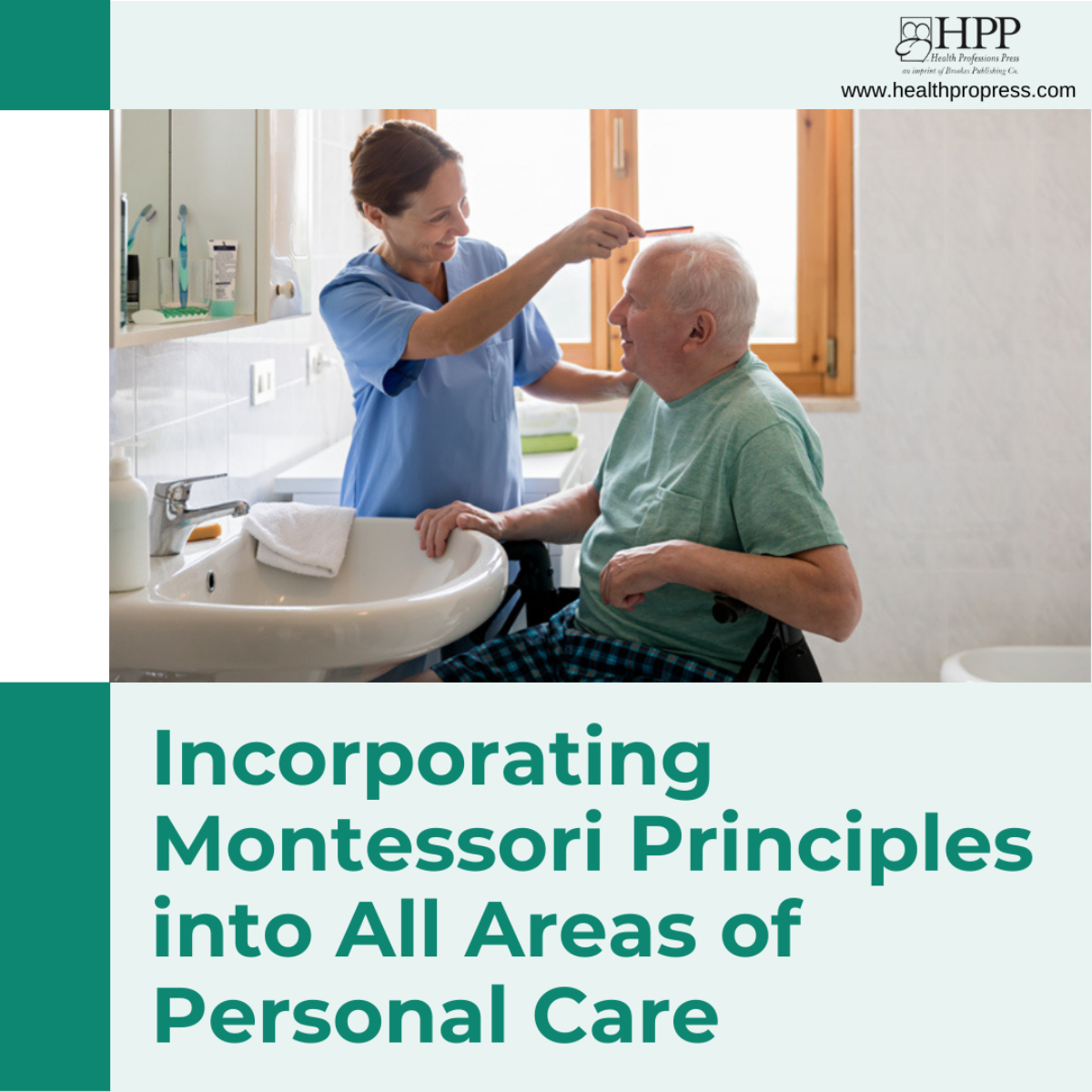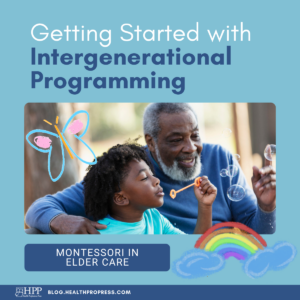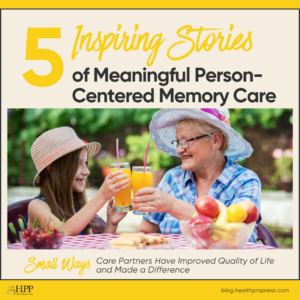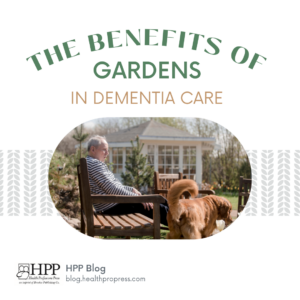
Incorporating Montessori Principles into All Areas: Personal Care (Bathing)
While assisting with personal care, care partners can implement the Montessori philosophy by using task breakdown and following these six steps:
- Know the person
- Prepare the environment
- Invite the person
- Demonstrate the steps
- Step back and observe
- Encourage and thank the person
To help care partners understand how this process works, here are some tips that provide examples with each step when helping someone bathe.
Know the person
- Be familiar with the person’s bathing preferences and habits.
Prepare the environment
- Place the towel next to the bathtub and turn on the lights in the room. Increase the ambient heat if needed and play music if the person enjoys this while bathing.
- Remind the person of the next step to do, if needed. Comment on how good it feels to be clean.
Invite
- Introduce yourself and ask, “How are you today?”
- Ask the person, “Would you like to take a bath?”
Demonstrate
- Show the person by demonstrating first; this helps the person to understand what is going to happen next. Show him or her how to start the water and where the soap is located.
Observe
- Observe and offer help if needed. For example, ask, “Would you like any help washing your hair?”
Encourage
- Remind the person of the next step to do, if needed. Comment on how good it feels to be clean.
Thank the person
- Thank the person in order to signal completion of the activity and instill a sense of pride. For example, “Thank you for bathing. Would you like your next bath tomorrow?”

Read the book!
For more examples of ways to use the Montessori philosophy for personal care and fully integrating Montessori into your care community, get your copy of Montessori for Elder and Dementia Care, Second Edition. You’ll find everything needed to begin and sustain the Montessori philosophy with elders or people living with dementia, including a full step-by-step action plan, forms and assessments, and ready-to-use activities!
This post was excerpted from Montessori for Elder and Dementia Care, Second Edition by Jennifer Brush, M.A., SLP, and Margaret C. Jarrell, M.Ed. Copyright © 2024 by Jennifer A. Brush. All rights reserved.





Add comment